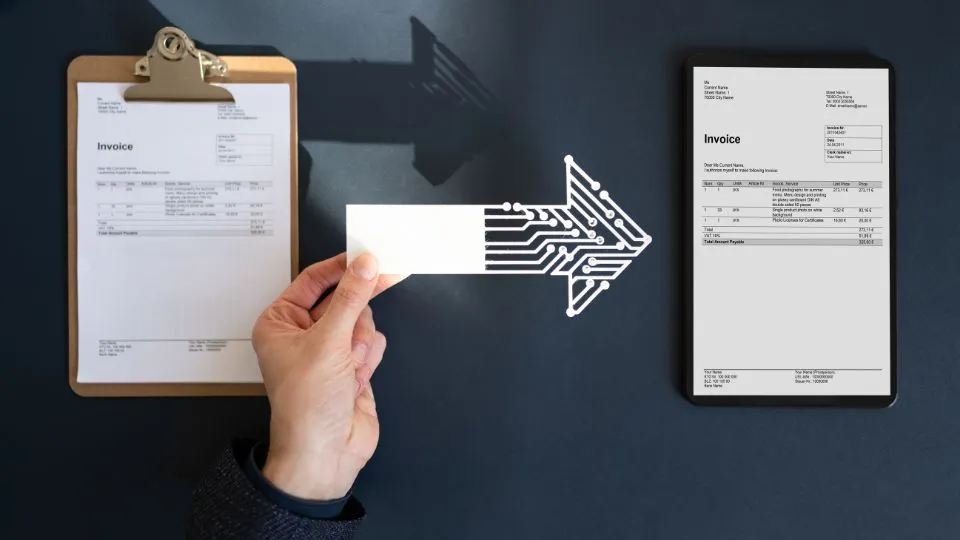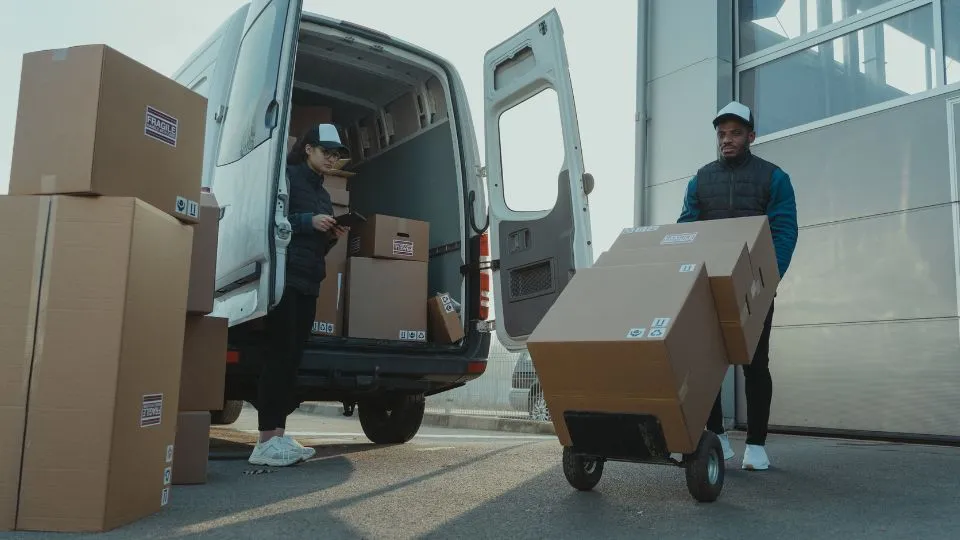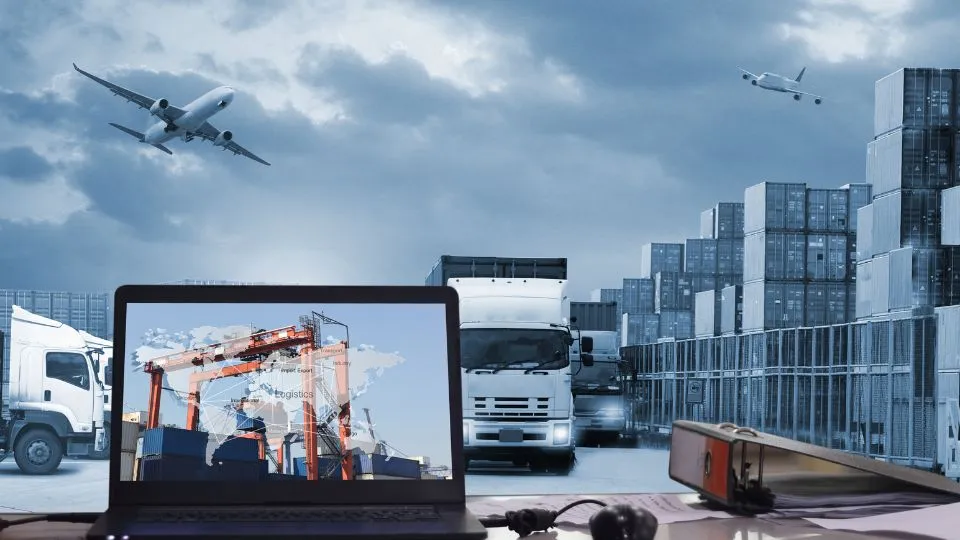Imagine getting a call at midnight about a delayed shipment. Suddenly, you end up spending hours coordinating with customs officials, just to find the reasons behind the delay. Maybe it’s a container waiting for document verification or urgent equipment held up due to classification issues. It can be daunting – right?
While this is the harsh reality of being in the freight industry, it can be easily avoided with the right knowledge.
In this article, we will talk about various strategies to smoothly navigate the customs clearance process. By the end of this article, you will have a better understanding of how you can navigate through custom clearance without sleepless nights.
Before diving into the complex process of customs clearance, let’s understand its fundamental definition.
What is Customs Clearance?
Customs Clearance is the official process of getting permission from Customs authorities to import or export goods.
In simple words, it is a process followed by government officials of a country to ensure that all the shipments are safe and legal to enter or exit their international ports.
It mainly involves documentation verification, duty payment, and compliance with trade regulations.
Understanding the custom clearance process not only helps you stay in compliance with international trade law but also provides better customer service to your clients.
First, let’s take a quick look at the documents required for Customs Clearance and tips to verify them.
Essential Documents for Customs Clearance

For customs clearance, you need the following list of documents in order to stay compliant:
- Commercial Invoice
- Bill of lading
- Packing list
- Certificate of origin
- Import/export license
- Insurance certificate
Now, let’s take a closer look at each of these documents and tips to verify them.
1. Commercial Invoice
It is the primary document required to declare the value and details of goods. The invoice provides a complete detail of the transaction between the shipper and the consignee.
It includes:
- Description of the goods along with their total quantity and prices.
- Details about the seller and buyer, payment terms, and currency to be used.
- The Invoice number, date, and Incoterms used.
Verification Tips:
- Before submitting the invoice, you must thoroughly check that all the descriptions mentioned in the invoice match Harmonized System (HS) codes, including the accuracy of packing and freight costs.
- Make sure that you also verify the container number and match the values mentioned with the actual payments done.
2. Bill of Lading (B/L)
This is a legal document or contract of carriage and receipt of goods. It also serves as proof of ownership of the goods being shipped.
It must include the following details:
- Name and company of the Shipper and consignee
- Vessel/voyage information
- Ports of loading and discharge
- List of Container numbers
- Cargo description
- Weight and quantity
- Freight terms
Verification Tips:
- Always check the import license to verify the consignee details.
- Also, make sure the Shipping marks match other documents.
3. Packing List
The packing list provides detailed information on inventory in the shipment, along with their packaging details.
It includes the following information:
- Total number of packages and their serial number
- Weight per package
- Dimensions of each item
- Loading sequence
- Type of packaging used
- Markings and labels
Verification Tips:
- You must verify the numbers with the commercial invoice, including the list of contents, package by package to avoid any last-minute hassle.
- Check whether any item listed needs special handling or has a deadline.
- Also, make sure that the identification marks are clear and easy to understand.
4. Certificate of Origin
The certificate of origin provides information about the location where the goods were manufactured.
It contains:
- Product details
- Manufacturing location
- Information of the Exporter
- Consignee details
- Official certification or stamps
- Criteria for the Declaration of Origin
Verification Tips:
- Check if a preferential certificate is needed to confirm the origin of goods
- Verify information related to issuing authority
- Make sure the format is clear for the destination
- Match details with commercial invoice
5. Import/Export License
This is a government-authorized document created for the Customs authorities.
It must show details of:
- License number
- Validity or expiration dates
- Product Description
- Quantity of goods allowed
- Value limits
- Special conditions
- License holder details
Verification Tips:
- Check the validity of the license through online verification
- Verify whether the quantity of goods allowed matches the shipment or not
- Note if any special conditions are needed for handling the goods
6. Insurance Certificate
This certificate verifies that the cargo has insurance coverage for specified risks.
The Insurance certificate provides information about:
- The type of coverage
- Insured value
- Coverage period
- Policy number
- Lists of specific risks to be covered
- Procedure for claims
- Details about the Insurance company
Verification Tips:
- Match insured value with commercial invoice
- Check coverage meets requirements
- Verify if it is valid for the entire journey or not
Sometimes you may need additional documents for handling special goods such as container packing certificates for dangerous goods, health or safety registrations for food products, and quality certifications for regulated items, based on the standards of local regulatory authorities.
Customs clearance can easily make or break your logistics operations.
Irrespective of the nature of goods, make sure to thoroughly check and verify the contents of each document.
Neglecting even a single step may lead to customs hold up and delay in shipment delivery.
With that said, let’s summarize the key points in the verification process of custom clearance documents.
Verification Procedures
To sum up, here are the key points that you can keep in mind during the verification of customs clearance documents:
- Create a document checklist for each shipment
- Review the authenticity of all documents including their validity dates.
- Make sure you cross-reference every detail including information about the shipper and consignee across all documents
- Check for units of goods and packages in the shipment
- Check for HS Codes and whether they are valid or not.
- Confirm the values mentioned in the documents are declared clearly.
- Verify the validity of all certificates, permits, and licenses for restricted goods.
- Maintain verification logs
Record-Keeping Requirements
Besides practicing a thorough verification process, maintaining records of all required documents is an important aspect of your business. This helps you quickly retrieve any required documents. At the same time, it allows you to stay prepared for any legal issues arising in the future.
Here are some key elements you can consider while record keeping:
- Maintain both physical and digital storage of documents
- Follow a systematic filing system to easily retrieve documents for future reference
- Ensure regular audits of the documents
- Check for compliance with regulations of data protection
By practicing thorough verification and record-keeping procedures, you can prevent customs delays and build a strong client reputation.
Remember, the success of the customs clearance process depends on maintaining complete and accurate documentation.
Having understood the documents required, let’s break down the Customs clearance process.
Understanding this process will ensure that you are prepared for any unforeseen delays or documentation issues.
Understanding the Customs Clearance Process

The customs clearance process can be divided into three phases.
1. Pre-Clearance Preparation
First, all documents such as commercial invoices, packing lists, and B/Ls are collected and verified for authenticity.
After checking the cargo declaration, the authorities check import licenses to verify HS codes and duties.
At this stage, you need to assess the probable risks that can arise and plan out ways for recovery.
2. During Clearance
You can get real-time status for monitoring the clearance status of your shipment.
At this stage, your clients may have several queries, so make sure to collect as much information before answering their questions.
This can be achieved by maintaining coordination with local agents who can help you understand the reason for customs hold-up.
3. Post-Clearance Follow-up
After the shipment is cleared by the Customs authorities, make sure to save the documents for future reference. This may also help to review whether the process complied with trade laws or not. You can also ask for performance analysis and client feedback to improve the customs clearance process.
When you are aware of these three stages of the custom clearance process, you can communicate seamlessly, provide necessary support at each stage, and ensure that the process is completed smoothly.
While efficiency is important, managing risks and following compliance are equally important aspects of the customs process.
Managing Customs Clearance Compliance and Risk Assessment

To manage the customs process as per the trade laws you need to follow a systematic approach.
Let’s dive into analyzing how you can manage customs compliance and assess risks efficiently.
1. Regulatory Requirements
Here are the important points to consider:
- Verify all the documentation required
- Implement verification logs or checklists
- Maintain up-to-date manuals for compliance guidelines.
- Understand the current regulations
- Encourage regular staff training
2. Risk Management Strategies
Some of the risk management strategies that you can consider to ensure customs clearance compliance are mentioned below:
- Conduct a thorough screening of the shipment
- Verify customer credentials
- Check for restricted or prohibited goods
- Review country-specific rules and regulations
- Check the validity of Insurance coverage
- Create Contingency plan
- Carry out regular risk audits
3. Prevention Techniques
Always remember to keep prevention techniques and strategies ready, to quickly resolve probable risks. This in turn helps to deal with any risks without affecting your overall business.
Here are some techniques that you can use to manage unpredictable risks and manage them accordingly:
- Practice advanced screening of all documents, licenses, and permits.
- Regular system updates
- Staff training programs to keep them updated about changing customs rules and trade laws
- Automated system alerts to keep track of deadlines and renewal dates of different documents.
Common Customs Clearance Challenges and Solutions

Customs Clearance involves various intricate steps and procedures that often feel challenging. Even with proper management and strategic planning, some challenges are bound to arise.
Let’s look at some common challenges that you may face during customs clearance and discuss the best solutions to deal with them.
1. Documentation Issues
Incorrect and incomplete documentation is one of the most common obstacles that leads to delays in shipments. You can overcome this by following a document checklist system and ensuring all the documents are verified before submission.
Use advanced digital platforms for documentation to enable faster processing and verification of all documents.
2. Process Delays
To minimize various process delays such as Customs inspection delays, make sure to thoroughly check all documents before submission.
Sometimes communication gaps between different shareholders lead to misunderstandings and shipment delays. To avoid this issue you can streamline different communication channels to keep all interested parties well informed at each step of the customs clearance process.
3. Resolution Strategies
Some of the best strategies you can follow to resolve these challenges are.
- Establish clear escalation procedures to make sure all queries and issues are resolved by appropriate officials.
- Maintain strong relationships with customs authorities
- Implement rapid response protocols to address issues before they escalate
- Develop contingency plans to ensure that all logistic operations continue smoothly.
After exploring all aspects of customs clearance, let’s summarize the key takeaways that will help you master the customs clearance process.
Key Takeaways
As we’ve explored throughout this guide, mastering customs clearance isn’t just about following rules – it’s about understanding the bigger picture of international trade.
Successful customs clearance requires a complete understanding of three key elements. First, you need to know and follow the customs regulations, by understanding how they work and why they exist.
Secondly, you need to practice efficient documentation to overcome any delays and risks.
Last, but most important is maintaining control over the customs process to ensure the smooth running of the shipping business.
Remember that the key to success in customs clearance lies in thorough preparation, attention to detail, and maintaining strong relationships with all shareholders. You must always keep track of changing regulations and evolving technologies to face these challenges headstrong.
Want to eliminate the hassles of managing custom clearance documents?
SeaRates ERP can manage all your custom clearance documents at one place and streamline client communication.


Frequently Asked Questions
1. How long does a customs clearance process take?
The timeline for customs clearance depends mostly on document completeness, cargo type, and how quickly payments are processed. Specific country requirements also highly impact the process timeline.
Under normal circumstances, the customs clearance process typically takes between 2-3 business days. However, this timeline can vary depending on several factors.
For example, Express clearance might be completed within 24-48 hours, while more complex shipments could take 5-10 days or longer.
2. What causes customs clearance holds?
Customs holds can occur for various reasons. The most common reasons include
- incomplete or inaccurate documentation
- missing licenses or permits
- incorrect classifications of commodities
- Disputes related to the value of goods
Random inspections, restricted items, and duty payment issues can also lead to customs holds. These holds ensure that all regulations of international trade are followed.
3. Which documents are essential for successful customs clearance?
Successful customs clearance requires a complete set of essential documents.
These include:
- a detailed commercial invoice
- Bill of Lading
- Complete Packing list
- Valid import license
- Certificate of origin
- Insurance certificate
Each document serves a specific purpose in verifying the authenticity of the shipment and compliance with trade regulations.
4. How are customs clearance fees calculated?
Customs fees are calculated based on multiple factors working together.
The key elements include
- the duty rates for specific commodities,
- the customs value of goods
- standard processing fees,
- Additional taxes, if applicable.
The final amount also includes inspection charges, broker fees, potential storage fees, and costs for special permits if required.
These calculations tend to vary by country based on their trade agreements and local regulations.
5. How are customs clearance rates different from ocean freight rates?
Customs clearance rates and ocean freight rates are two different yet important components of shipping costs.
Customs clearance rates include documentation fees, processing charges, inspection fees, handling costs, and customs broker fees.
On the contrary, ocean freight rates cover the actual costs for sea transportation, terminal handling, container charges, carrier fees, and port charges.








